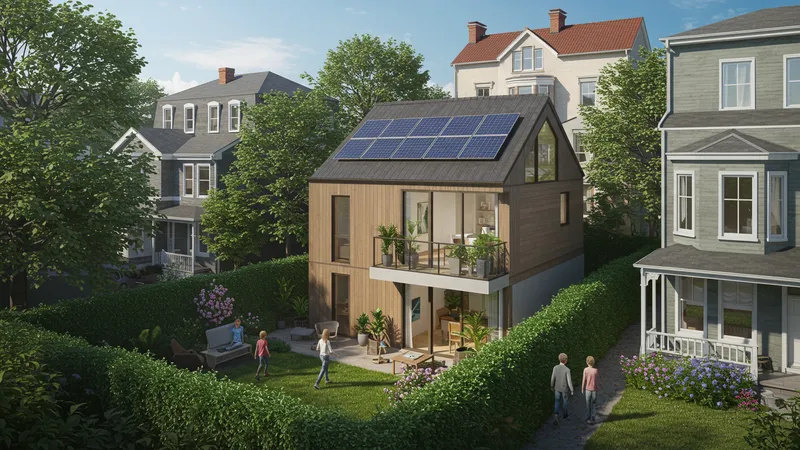
Uncover The Benefits Of Backyard Apartments
Social, Environmental, and Community Effects of Backyard Apartments
The broader societal implications of backyard apartments go beyond the immediate family or owner. As more Americans adopt this housing model, neighborhoods experience a subtle increase in population density—enough to support walkable communities, vibrant local economies, and public services, without the disruptions caused by large-scale apartment buildings. This gentle densification is a vital strategy for cities seeking to welcome more residents while retaining historic character and livability.

On the environmental front, backyard apartments are being recognized as part of the sustainable urban landscape. Since they utilize existing lots and infrastructure, they minimize resource consumption compared to new builds on undeveloped land. Many backyard apartments also incorporate energy-efficient construction and high-performance building systems, reducing energy demand and supporting municipal climate goals across the United States.
Family and community relationships often benefit as well. Backyard apartments make multigenerational living arrangements practical, allowing aging parents, college-age children, or extended family members to live independently yet stay close to loved ones. At the same time, ADUs can provide stable rental housing for young professionals, teachers, and service workers seeking affordable, high-quality homes in desirable neighborhoods.
Looking ahead, the rise of backyard apartments signals a more adaptable, inclusive housing future for the United States. As more cities embrace ADU-friendly policies and creative design solutions, homeowners and residents stand to benefit from increased options, stronger communities, and more resilient neighborhoods—fulfilling diverse housing needs for years to come.